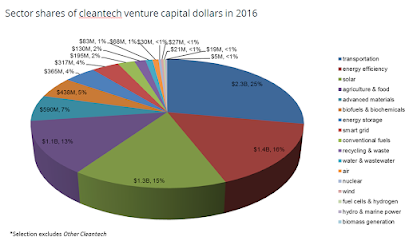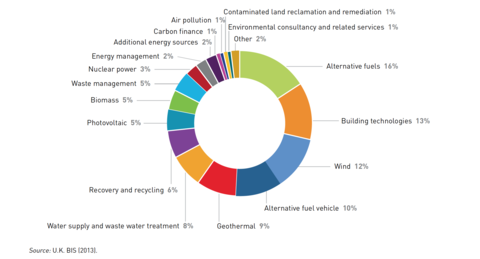Snippets in Clean Technology and Data Science: Biomimicry and sustainable materials
One of the newest entrants in the clean tech arena is the field of biomimicry and sustainable materials . Research in nanotechnology and biological systems is driving a lot of innovation in how we design materials so that they can be easily recycled/reused or degraded naturally to return to the environment. And not just material design, but also a whole suite of novel solutions to problems that are based on biological systems. First off – designing monitoring systems that can track and monitor wildlife and natural systems . An interesting interplay between clean technology and data science lies in biomimicry –where natural systems are used as templates for better design. Often, what happens is that there’s an interesting technological advance that is used to collect large amounts of data – and then, researchers figure out by using data science that there is a natural system that could make it even better! A really interesting invention out of MIT looks at how robots can be bui



